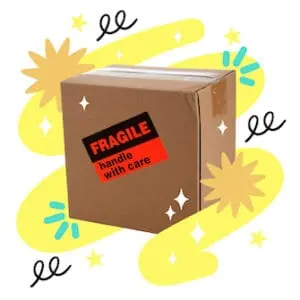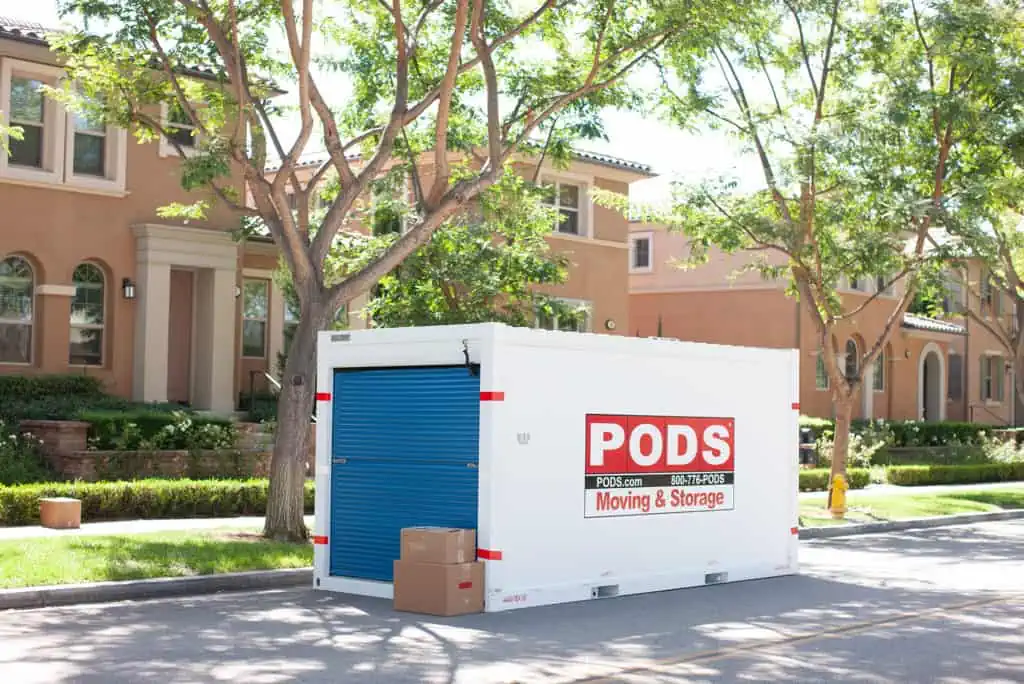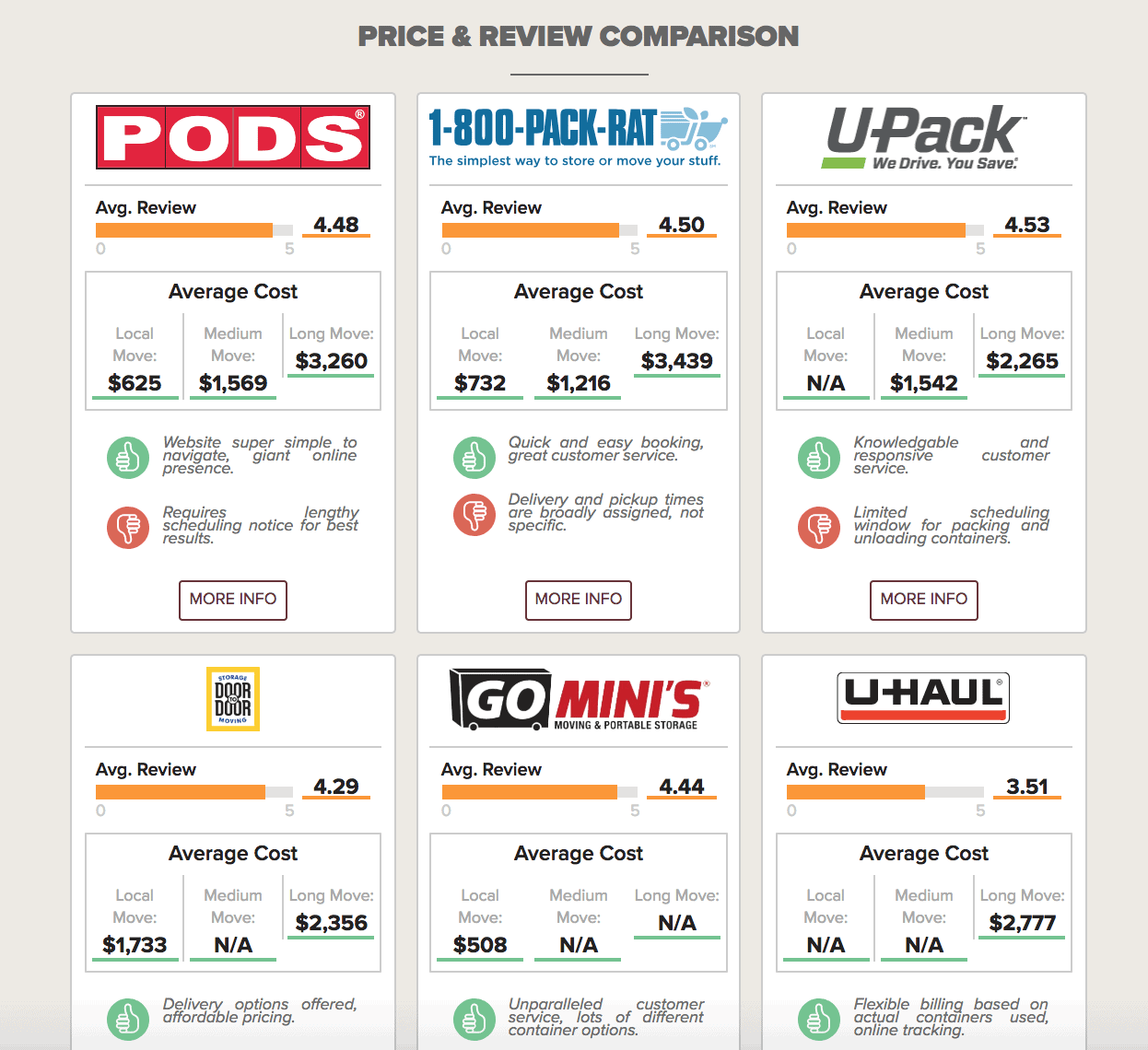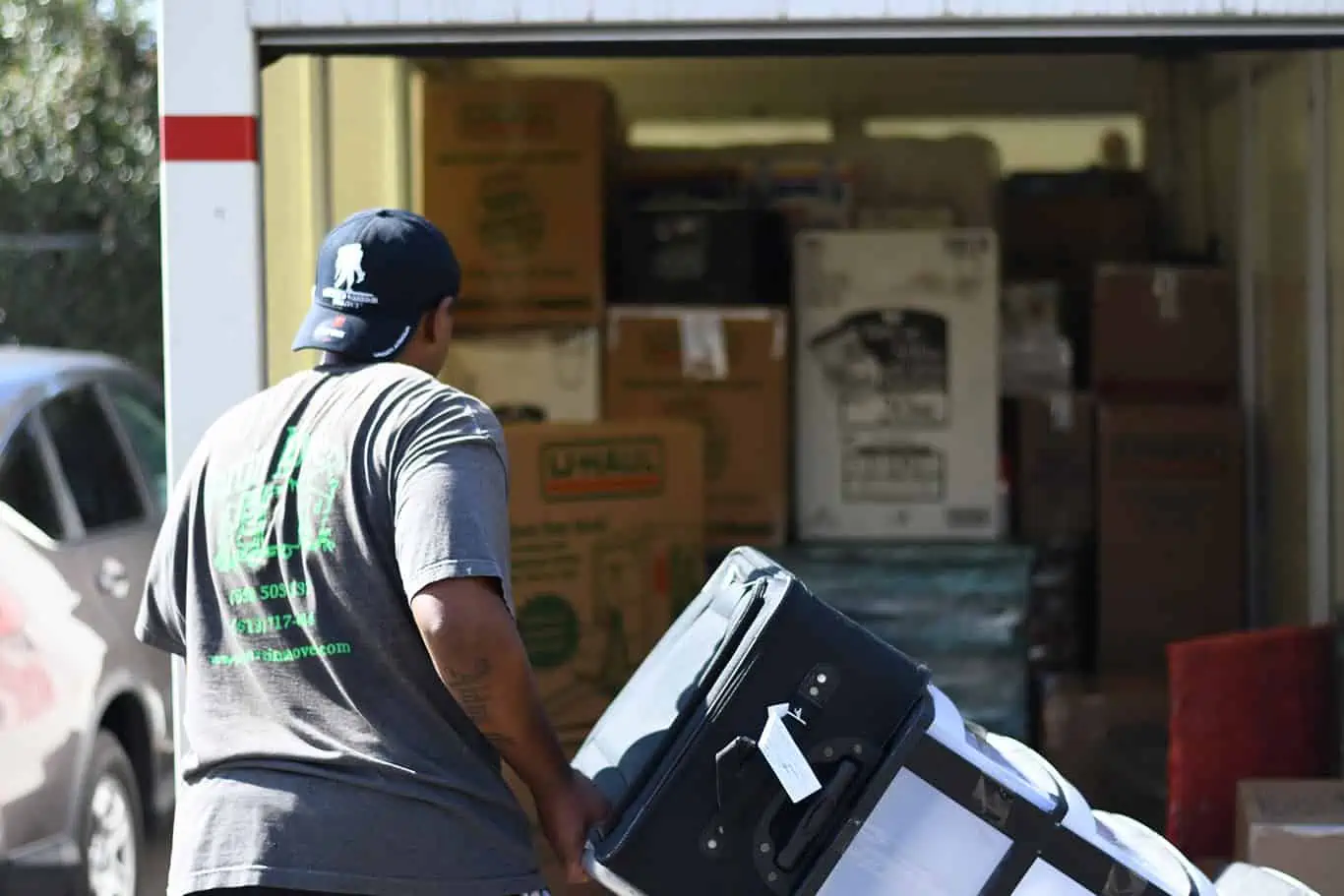In 2016, we reported on what it’s like to be a female mover in a majorly male-dominated industry. As you might expect, in addition to their success, the women we profiled dealt with a lot of preconceived notions about what it takes to be a successful mover from customers who questioned their abilities.
Now, over five years later, we’re taking another look to see how things have changed (and how they haven’t).
The Power of Women in Business
Carmen Ball, co-owner of LeDoux Moving Solutions, LLC, a local moving company, believes that the moving industry is a great one to be in for women, despite public perception.
“We’ve seen a lot of people come and go, only because they don’t pay attention to the little details, which I think women are good at,” she suggests.

Another comprehensive peer-reviewed study found that despite the wide disparity in numbers, female-led organizations are more profitable, earn higher profit margins and perform better overall versus male-led companies.
“We really started the business to change how people view moving companies,” Ball said, explaining that at the time she and her co-owner began their business, the industry as a whole had a “really bad reputation.” (The Better Business Bureau receives an average of 13,000 complaints and negative reviews about movers each year.)
“Another comprehensive peer-reviewed study found that despite the wide disparity in numbers, female-led organizations are more profitable, earn higher profit margins and perform better overall versus male-led companies.”
Ball is working to change this perception. Retelling stories of positive customer interactions that she describes as bucking the expectations of an old-school moving company, she gets as granular as even the sound of her voice over the phone. “We have a lot of repeat business because of that,” she noted.
In addition, she describes the mostly male staff she employs as responsive to her leadership. “The crew knows that I’m the one who’s keeping them going,” she said.
Unfortunately, not all women at the helm of moving companies that HireAHelper spoke to have had it as easy when dealing with male crewmembers.
Trouble with Co-workers
Another local businesswoman, Tomika Holland, recently took over J. Holland Helpers & Researchers, LLC, a small moving business in Houston, Texas. She became a co-owner alongside her mother, Sandra, after her stepfather passed away in 2021.
When asked about her relationship to men in the industry, she admitted that one of the toughest parts of her job is dealing with the male crewmembers. “They’re constantly trying you,” she explained.
“They wouldn’t do the same things with another man that they’ll do with a woman,” she added, citing repeated instances of male crew members she employs not striving for professional accountability. Holland said she feels like men in the moving industry often test her boundaries as their employer simply because she’s a woman. “It’s kind of like a child always trying their mother,” she joked.
While she’s able to make light of the situation, Holland’s experience is, unfortunately, closer to the norm than the exception. This may explain in part why so few women attempt to make their way into the moving industry. And statistics bear that out.
Moving Industry Still Dominated by Men
Despite ongoing social struggles, the share of female-owned businesses has been rising according to the U.S. Census Bureau, albeit very slowly. According to Ventureneer, a research and training group in the U.S., the number of female-owned businesses in the transportation and warehousing sector has risen by just 10% over the last five years.
Today, there are roughly 211,000 U.S. businesses operating in the transportation and warehousing sector, and only 9% (roughly 19,000) are owned exclusively by women. The cross-industry average share of female-owned businesses is only 13% nationwide.
Here’s a look at how women in transportation and warehousing compare to other industries, according to Census data.
| Industry | Percent of Businesses That Are Female-Owned |
| Agriculture, forestry, fishing and hunting | 0% |
| Utilities | 1% |
| Management of companies and enterprises | 4% |
| Mining, quarrying, and oil and gas extraction | 7% |
| Construction | 7% |
| Transportation and warehousing | 9% |
| Arts, entertainment, and recreation | 11% |
| Finance and insurance | 12% |
| Information | 12% |
| Wholesale trade | 12% |
Interestingly, there are statistical variances by geography.
Looking at the situation state-by-state, below are 10 states where the share of female-owned businesses in transportation and warehousing is highest.
| State | Percent of Transport Businesses Solely Female-Owned |
| Tennessee | 25% |
| Nevada | 23% |
| Utah | 22% |
| Indiana | 21% |
| Georgia | 21% |
| Virginia | 20% |
| North Carolina | 19% |
| California | 18% |
| Mississippi | 17% |
| New Jersey | 17% |
Tennessee tops the list, with every one in four (25%) transportation businesses being female-owned. In five other states — Nevada, Utah, Indiana, Georgia, Virginia — the share is at least 20%.
On the flip side, the share of female-owned businesses is lowest in Iowa, where businesses are just 3% female-owned. In nine other states, most of them on the East Coast, less than 10% of transportation businesses were female-owned by 2021.
| State | % of Transport Businesses Solely Female-owned |
| Iowa | 3% |
| West Virginia | 6% |
| Nebraska | 7% |
| Massachusetts | 7% |
| Rhode Island | 8% |
| Idaho | 9% |
| Wyoming | 9% |
| Kentucky | 9% |
| Pennsylvania | 9% |
| Vermont | 9% |
“You want to see some change, put a girl in it”
Shantel Jackson, a longtime female CEO of a local moving company located in Oceanside, California, has experienced firsthand how difficult it can be to establish oneself as a leader within the moving industry. But that hasn’t stopped her from doing just that.
In 2011, Jackson was living with her husband, Francis, in San Diego, California. He had been employed as a professional mover, but work opportunities with his employer were drying up in the wake of the financial crisis and The Great Recession. In response, he decided to resurrect an old moving business he originally founded in 2006. With the reopening of “Speed Loaders”, he would try his hand at running his own moving company, instead of working for one.
“Today, there are roughly 211,000 U.S. businesses operating in the transportation and warehousing sector, and only 9% (roughly 19,000) are owned exclusively by women.”
In a short amount of time, the Jacksons obtained a business license and started booking jobs. They joined HireAHelper, a national online marketplace where moving companies can list their local moving business. Shantel, who before helping her husband worked as a statistical analyst for the Metropolitan Transit Authority, changed careers and began handling things behind the scenes.
True Change Comes From the Top
The company was successful and grew steadily over a decade. But by 2016, Francis was experiencing health issues that left him unable to work.
To keep the company going, Shantel Jackson took over the business as its CEO.
Shantel described to HireAHelper that taking over the business often meant 17 hours of work per day. Adding to the stress of the situation, the group of employees who worked for Speed Loaders at that time (which Shantel described as a “good ol’ boys club”) reportedly didn’t appreciate having a female boss, especially after having presumed they would be put in charge of the company after her husband stepped away. Jackson described her appointment as making them difficult to manage.
“So I got rid of every last one of them,” she said.
Today, Jackson (and her new crew) have instilled a company culture and direction that have led Speed Loaders into solvency and customer acclaim; as of 2022, Jackson has directly overseen well over a thousand moves on HireaAHelper.com alone, all of which has been rated 4.7 out of 5 stars in aggregate.
In addition, Jackson encourages pro-bono work within Speed Loaders, telling HireAHelper stories of deeply discounted moves for higher-risk individuals such as single mothers and returning military members.
“We go the extra mile,” she said. “As my daddy would say, you want to see some change, put a girl in it.”
A Recurring Theme
Both anecdotal and economic evidence suggests the reason there are so few women in industries like moving and labor isn’t necessarily because it’s too difficult, but because there still seems to be a permeating anti-female culture.
Studies find that some of the biggest challenges women face in male-dominated industries include societal expectations and beliefs about a woman’s ability to work comparatively well to men, as well as pervasive stereotypes which often contradict research on effective leadership.
Further, in one 2017 Pew Research survey, 28% of women working in male-dominated industries said they had personally experienced sexual harassment, as compared to 20% of women working within female-dominated industries.
“It takes a very strong woman (to be successful in the moving industry),” Holland asserted. Indeed, women like Tomika Holland, Carmen Ball and Shantel Jackson have proven that they have the mental, emotional and physical fortitude to run a thriving company in a tough industry. Hopefully, the positive changes these women and others like them are making will help push the labor industry to be an increasingly welcoming one for women.
And if not, signs show they’ll keep on trying. Despite the potential challenges, Holland said she hopes to pass down the business to her kids one day, just as her parents did for her.



 PODS offer customers the chance to rent up to three different sized containers based on their needs. Others, such as Smartbox, rent out just one size container. (In their case, it’s 8 feet wide and 7 feet tall.) Containers are also made of different materials, depending on which company you choose. PODS are steel-framed. U-Pack’s containers are made of “weatherproof metal.” Some others are made of wood and usually include some weatherproof type of covering instead.
PODS offer customers the chance to rent up to three different sized containers based on their needs. Others, such as Smartbox, rent out just one size container. (In their case, it’s 8 feet wide and 7 feet tall.) Containers are also made of different materials, depending on which company you choose. PODS are steel-framed. U-Pack’s containers are made of “weatherproof metal.” Some others are made of wood and usually include some weatherproof type of covering instead.


 But there’s a catch with that flexible schedule. Sure, you can keep the container for long periods of time.
But there’s a catch with that flexible schedule. Sure, you can keep the container for long periods of time. 